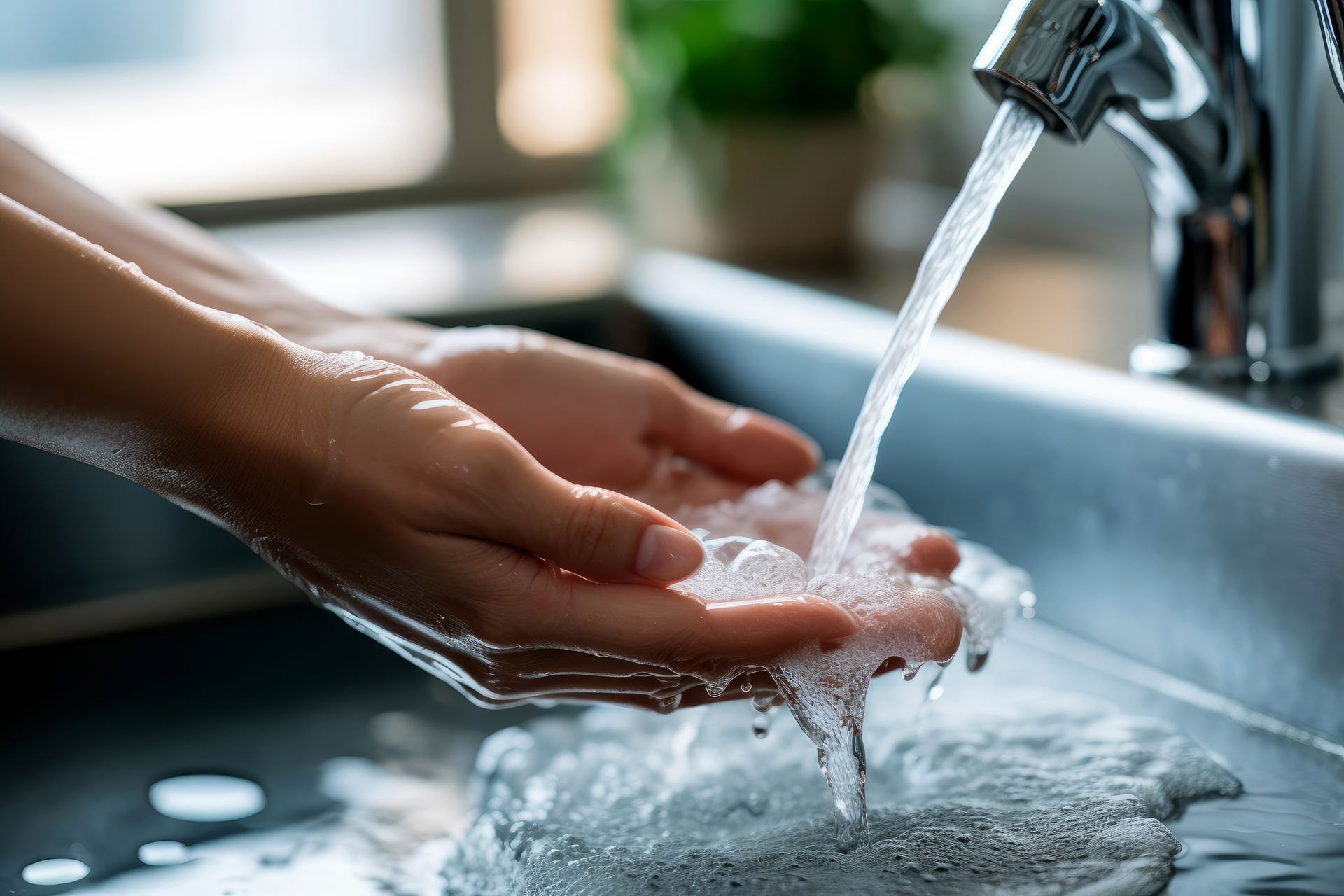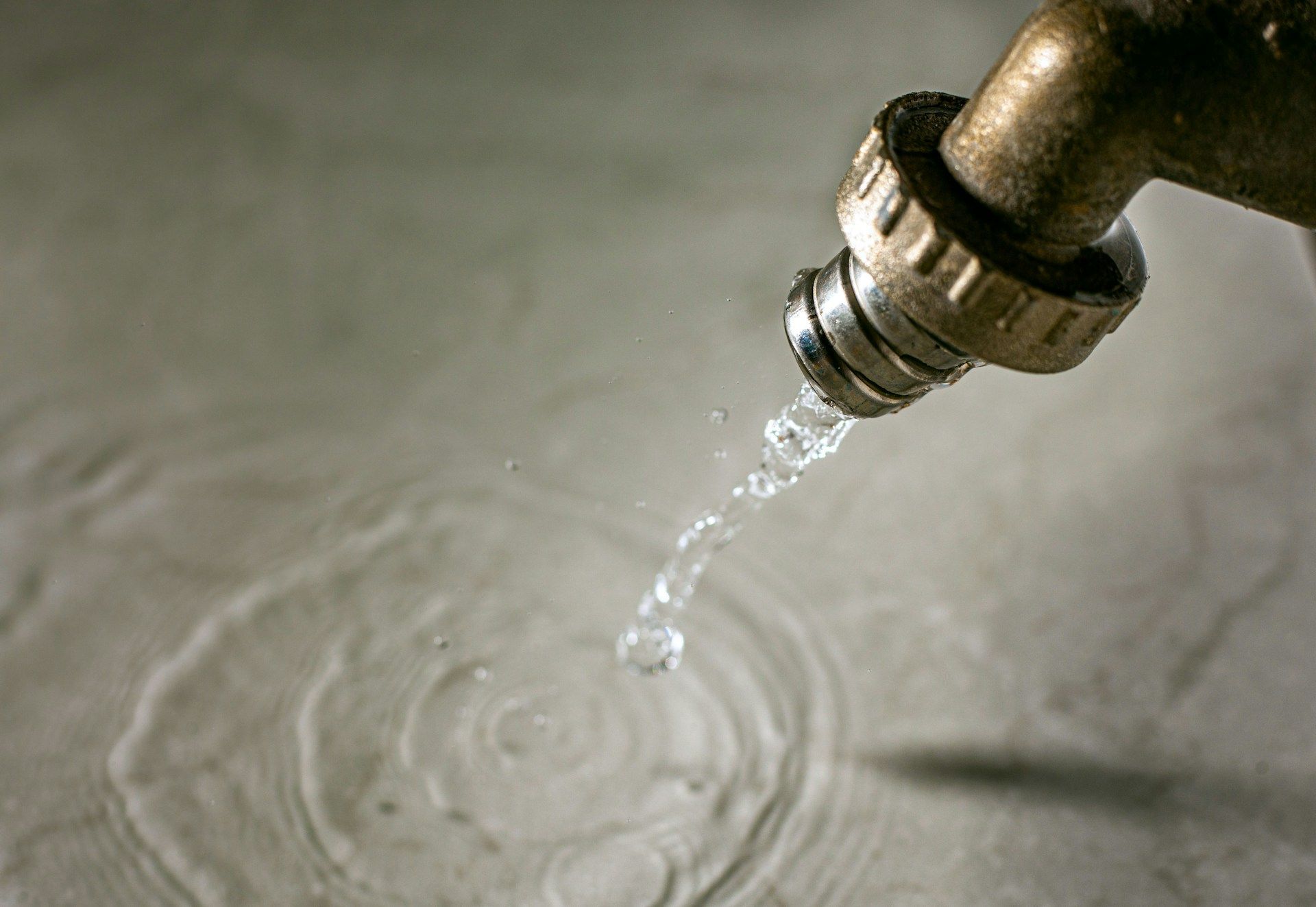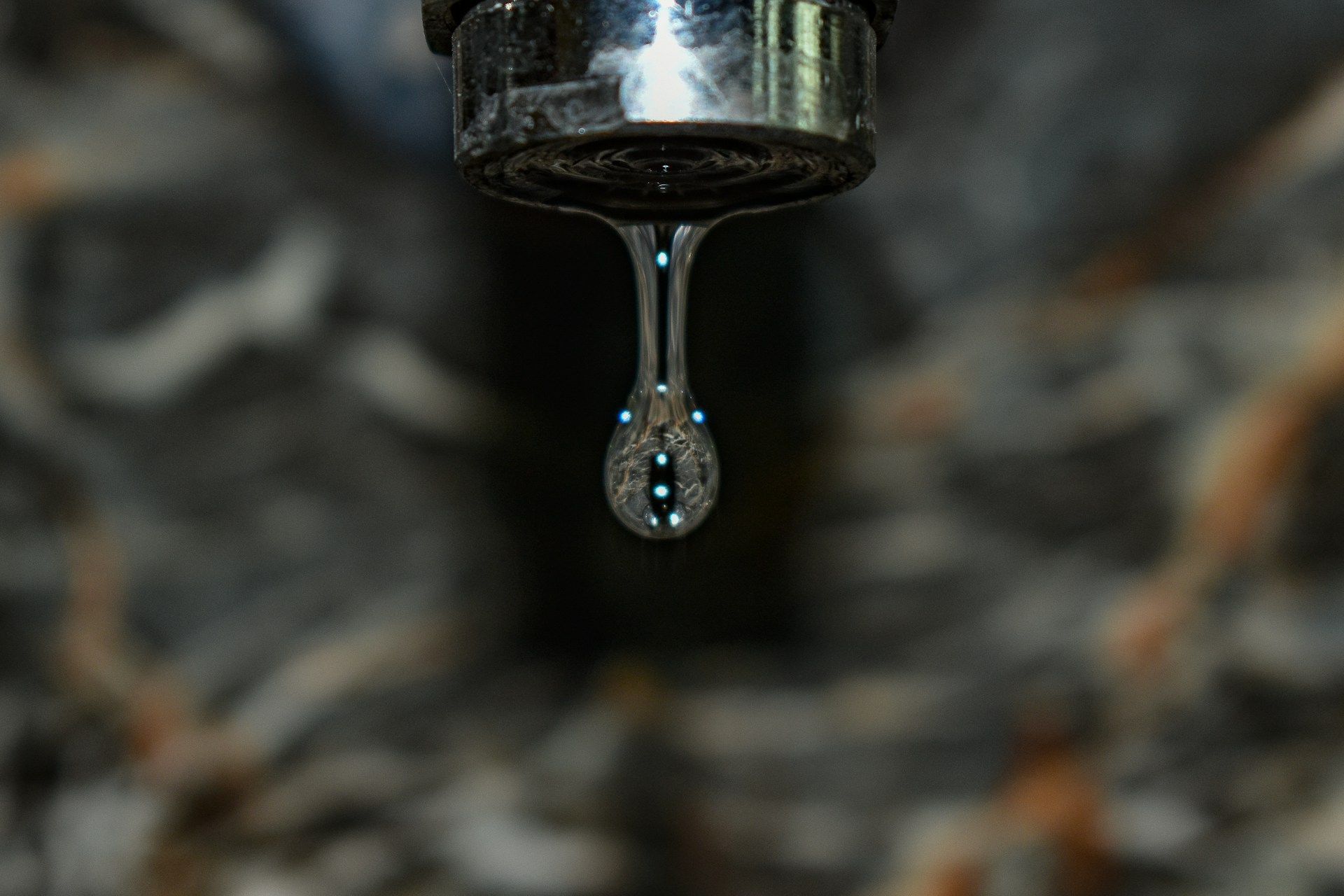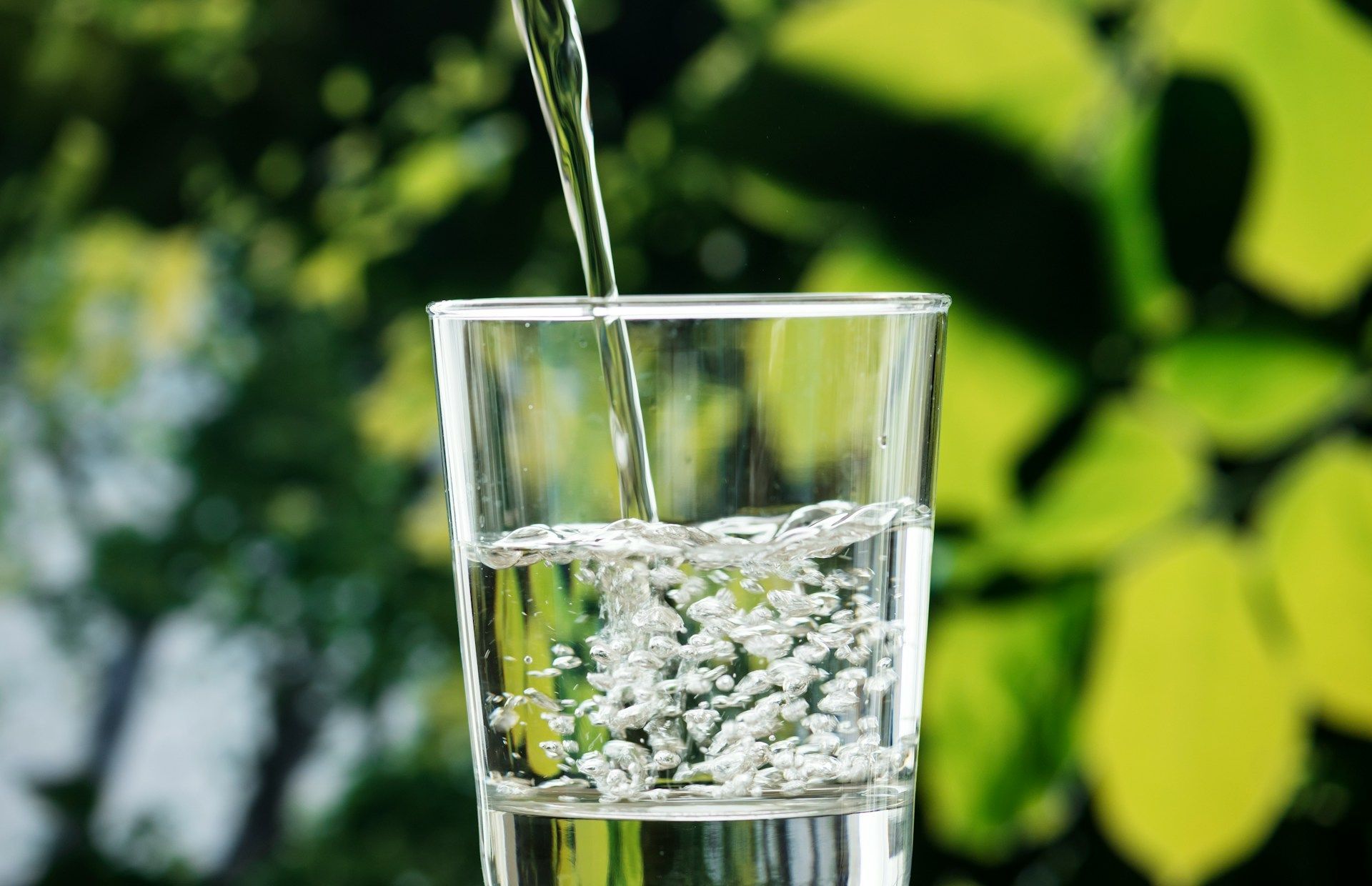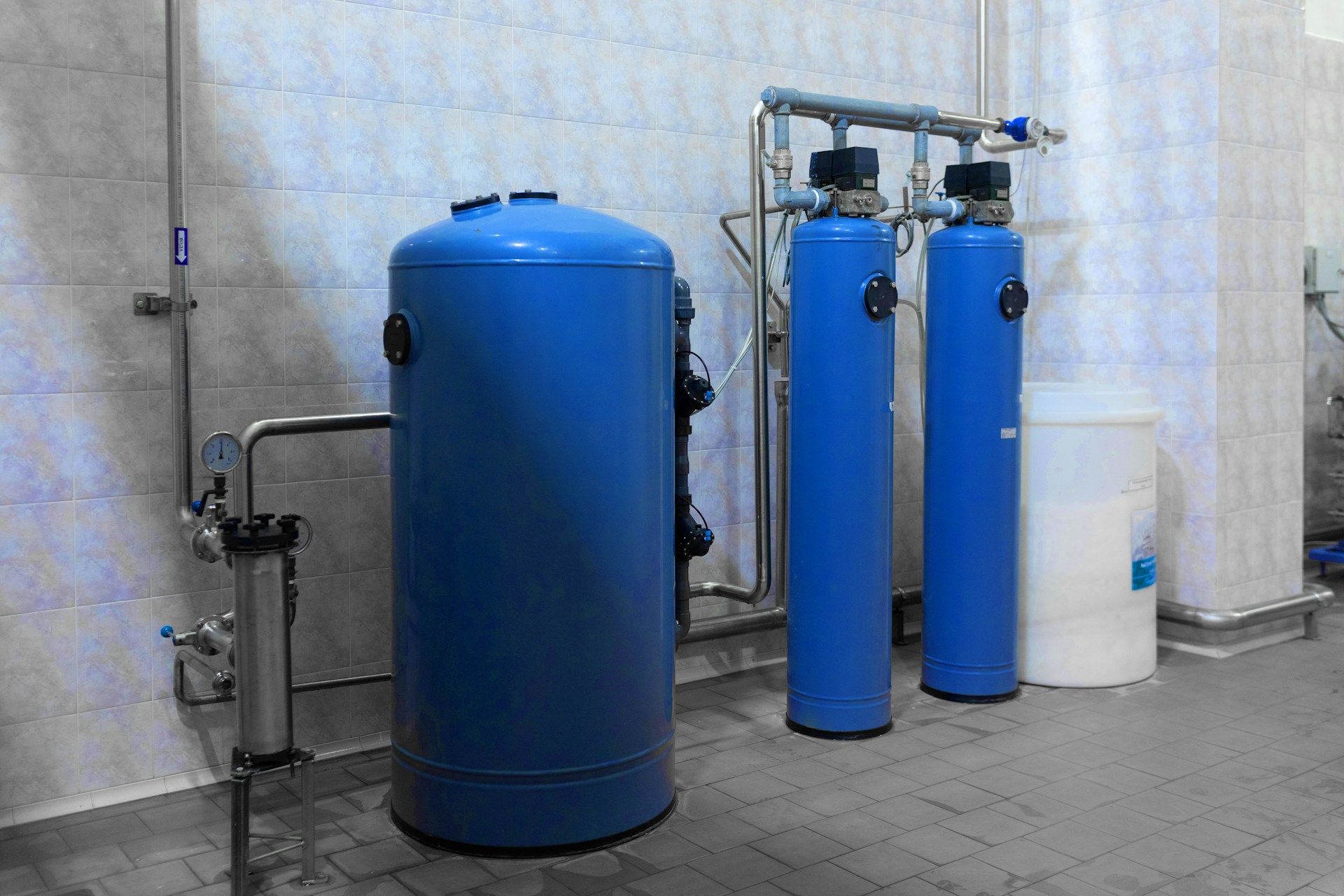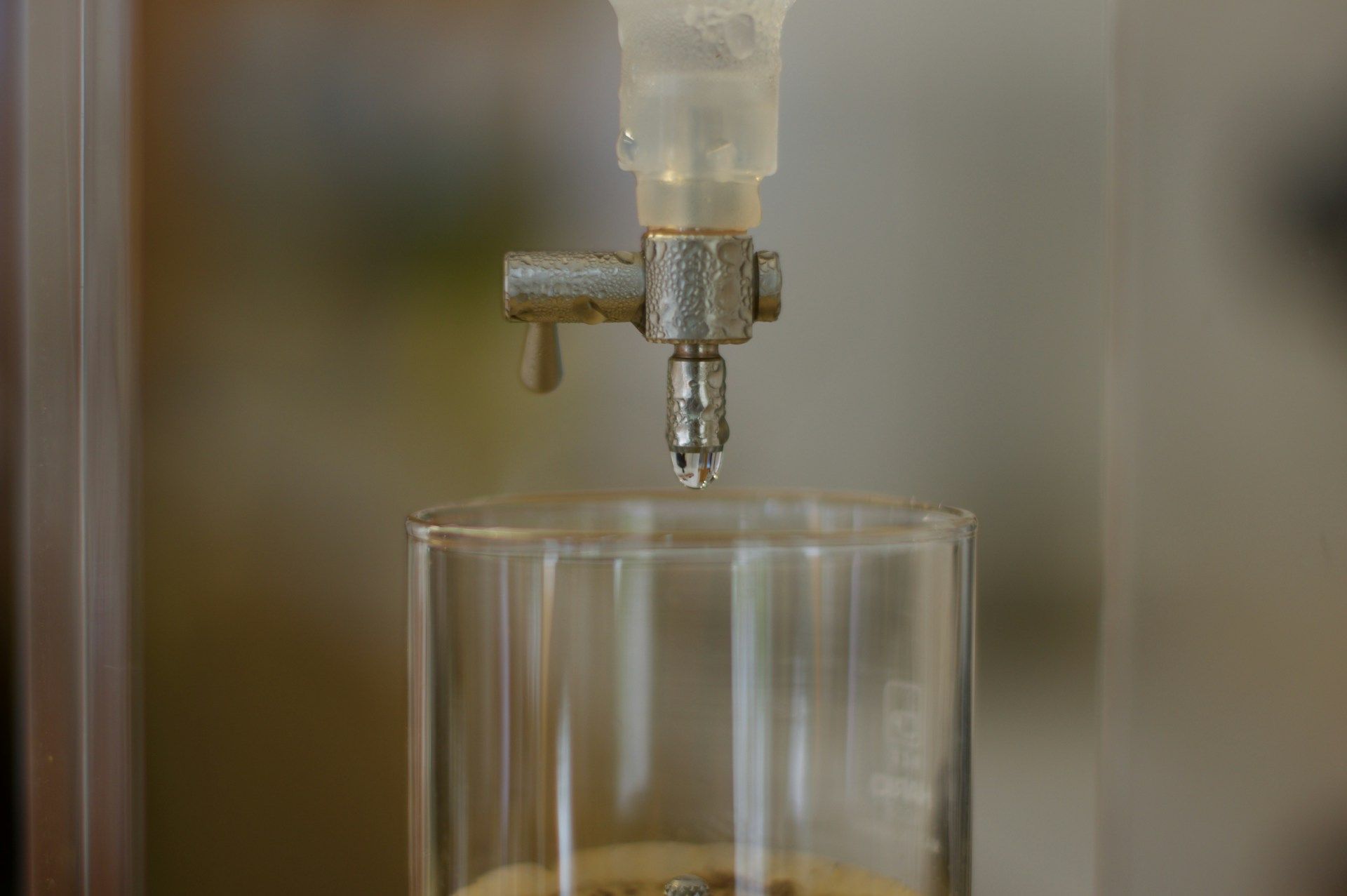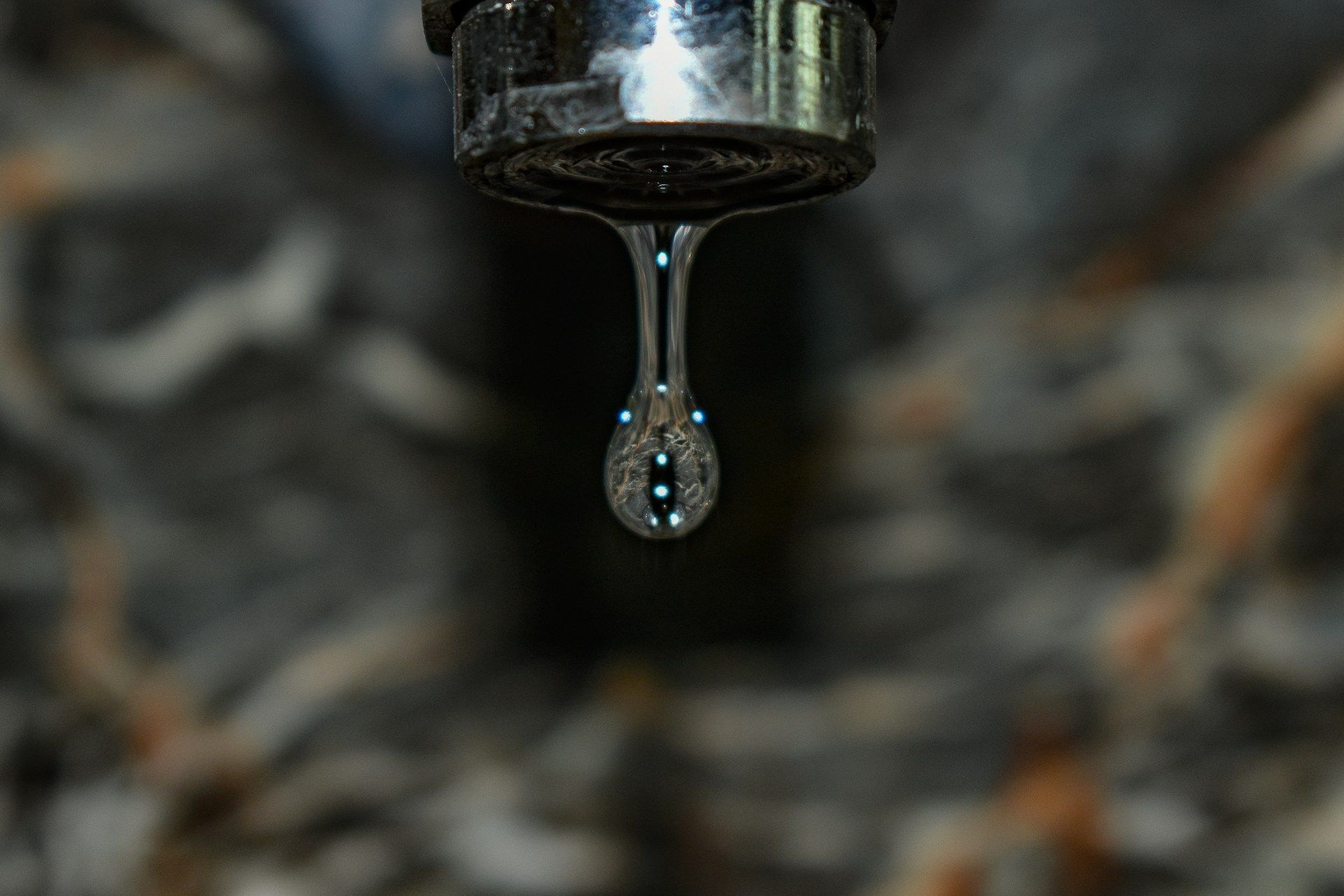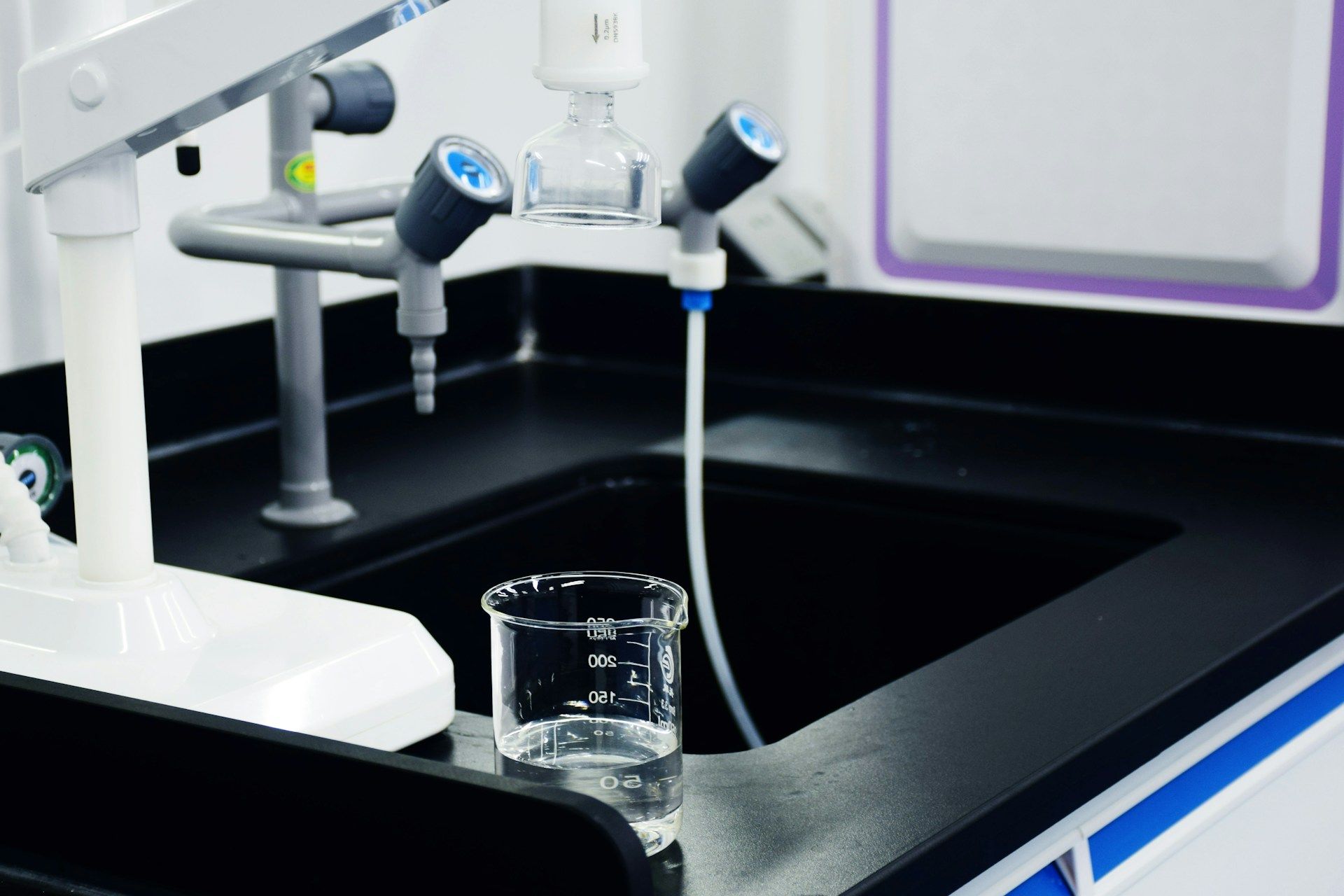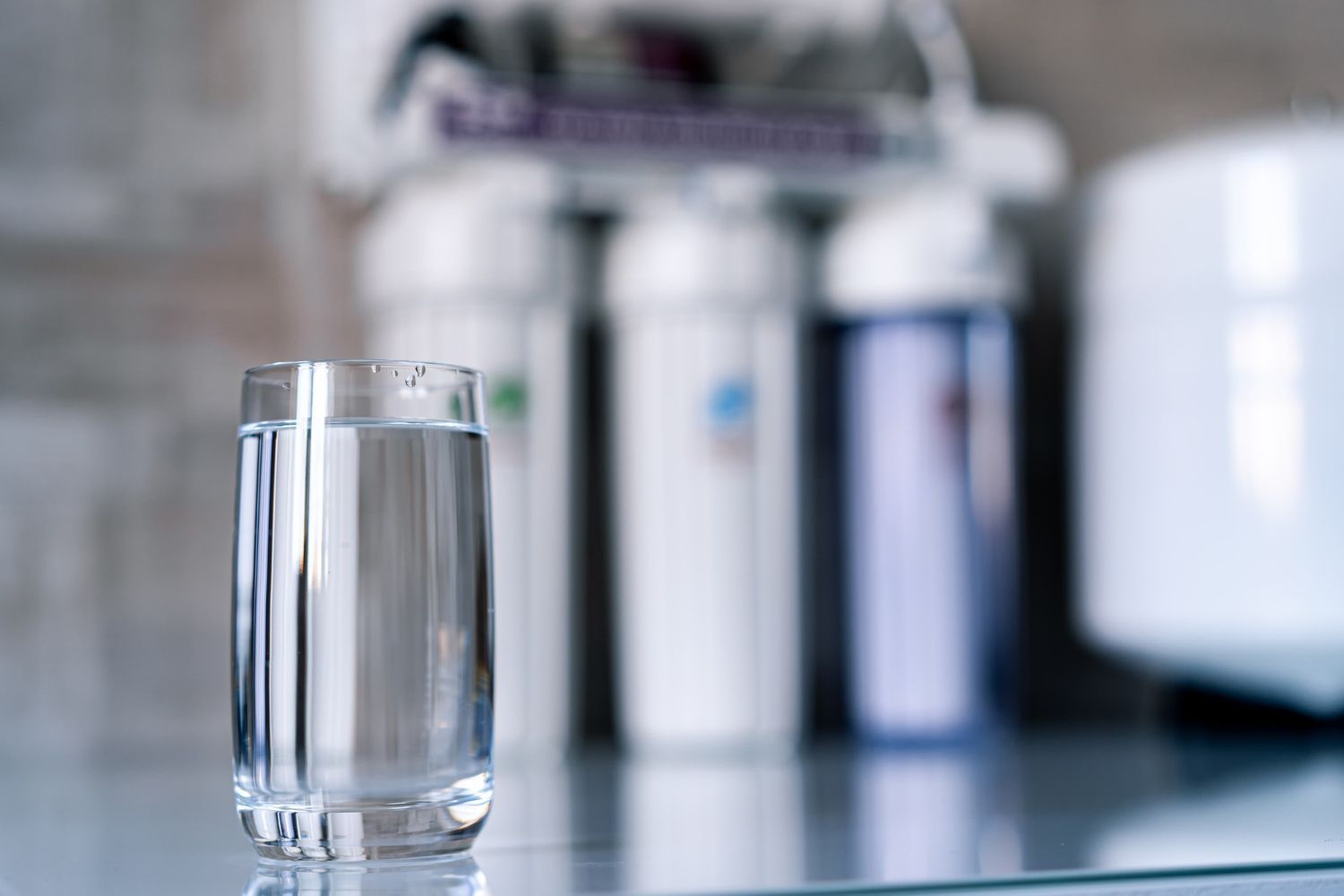Creating Long-Term Water Quality Plans For Your Home System
Water is one of those things we don’t think much about until there’s a problem. Strange smells, cloudy ice cubes, or a shower that leaves your skin feeling dry can all be signs that something's off. If you live in Park City, you already know the water here can have a range of issues depending on the season and exact location. That’s why it helps to have a long-term water quality plan in place instead of scrambling to fix problems when they pop up.
A long-term water quality plan zeros in on what your home needs now and in the future. It includes maintenance routines, scheduled checks, and system upgrades as your household changes. At the center of all this are water purification maintenance plans. These plans aim to keep your system running smoothly while giving you more peace of mind about what’s coming out of your tap.
Assessing Your Current Water Quality
Before you can plan for the future, you’ve got to start with where things stand today. That means checking your current water quality first. It’s the only way to know if your system is already helping or if there’s room for real improvement.
Some signs are easy to notice. You might spot one or more of these around your house:
- Water has a strong chlorine or metallic smell
- White residue builds up on your faucets and showerheads
- Water tastes bitter, chemical-like, or earthy
- Clothes come out of the wash feeling stiff or looking dingy
- Rings or stains appear in toilets or sinks
These things aren’t just annoying. They are hints that your system might be missing something. Many people try cheap filters or ignore the problem, but without a detailed look at your home’s setup, it’s hard to fix the right thing.
A professional water test is the easiest way to get a snapshot of what’s actually in your water. It goes beyond color and smell, checking things like mineral content, pH balance, chlorine levels, and potential contaminants. In Park City, where water sources can vary widely from one neighborhood to the next, these tests can really make a difference.
You might also gather clues from your appliances. If your water heater or dishwasher is struggling or needing repairs more often, water quality could be part of the problem. The more you know upfront, the better your long-term planning can be.
Creating A Customized Water Purification Maintenance Plan
Once you’ve figured out where your water stands, it’s time to build your plan. A water purification maintenance plan isn’t one-size-fits-all. Every household has different water usage needs, types of plumbing, family size, and even lifestyle habits that change how water is used and filtered.
Here’s what you’ll want to include in your plan:
1. Current system inventory. List all the systems you already have, such as softeners, filters, and RO units, and note their age.
2. Filter replacement schedule. Set reminders based on manufacturer suggestions along with local water quality details.
3. Inspection timeline. Schedule regular system reviews. Twice a year is a good place to start, and you can adjust based on any changes.
4. Upgrade checkpoints. Every few years, think about whether it’s time for an addition or update to improve your setup.
5. Emergency response. Have simple steps in place to catch and fix smaller problems early before they turn into costly repairs.
The key is to design a schedule that works with your daily life. If you forget to change a filter or check a component, your plan might look fine on paper but won’t help much in real life. A good plan is manageable, clear, and flexible. Since Park City’s water conditions can shift based on season or development changes nearby, your setup needs to move with it.
Creating a simple strategy now helps you avoid a lot of stress down the road. Clean, consistent water should be automatic, and smart planning makes sure it stays that way.
Regular Filter And System Checks
Checking your water system might not be thrilling, but avoiding it can turn into a mess. Filters are what keep everything clean and efficient. Whether it’s a sediment filter, carbon block, or part of a reverse osmosis unit, each one does a specific job and has a shelf life. Miss the replacement window and the entire system takes a hit.
Most systems include guidelines for how often filters should be changed. Still, Park City's water often wears them down faster than expected. Mineral-heavy water, seasonal flow changes, or road runoff can all impact how long a filter lasts.
Here’s a general timeline:
- Sediment filters: every 3 to 6 months
- Carbon filters: about every 6 to 12 months
- Reverse osmosis membranes: every 2 to 3 years
- Whole house systems: should be checked every 6 months
Keep track using your phone’s calendar or a simple note near your system. We’ve seen people use sticky notes or even color-coded tags on their units to remember when to check or replace something.
Besides changing filters, quick monthly checks help you catch issues early. Look around for water leaks, discoloration, rust buildup, and drops in pressure. If water suddenly tastes odd or flows slower, something’s likely building up or breaking down.
One thing we see a lot is pressure drops right after snow starts melting. That extra runoff can mess with your system if filters weren’t switched out on time. Water that used to taste fine might start to feel gritty or sharp. Flushing everything properly and staying on top of those swaps avoids that kind of surprise.
Professional Support And Services
Even if you feel like you’ve got it under control at home, checking in with someone who works on these systems every day helps you stay ahead. Not every problem is obvious, and you won’t always see the bigger wear and tear just by looking. Pipes can collect buildup, internal components can wear out, and things can shift slowly over time without you noticing.
There’s no need to wait until there’s a problem. Regular service helps keep your system running as intended. A trained tech won’t just replace a filter—they’ll spot aging parts, test for hidden problems, and adjust things based on changes in your household or the water itself.
Here’s how pro service helps:
- Maintains reliable service records so needed work doesn’t get missed
- Adjusts your plan or setup over time as your family or goals change
- Quickly solves odd changes in taste, even if things look fine
- Offers updates and tool suggestions that actually match your water, pipes, and usage habits
Local experience makes a big impact in places like Park City. Water can change based on new developments, seasonal shifts, or even shared systems nearby. Sticking with a team that knows those patterns helps you stay ahead without making guesses.
A Plan That Keeps You Ready Year-Round
Your water system should do its job quietly and well, all 12 months of the year. Putting a solid water purification maintenance plan in place makes that possible. It’s not about being perfect. It’s about staying alert and having a plan in place to adjust when needed.
Whether it's changing filters on time, inspecting your setup monthly, or bringing in a pro once or twice a year, the steps are small, but the benefits are big. It’s about giving your family water that feels clean, acts right, and doesn’t get in your way.
Taking that time now means you don’t have to worry later. Plan smart today, and your water will be ready whenever you are.
Crafting a detailed plan for water quality ensures your home system remains effective and resilient. If you're ready to explore more about maintaining your setup, learn about water purification maintenance plans through Water Science. We're here to guide you in keeping your system dependable and your water pristine year-round.
